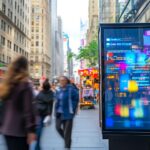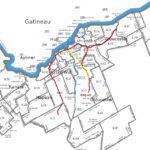Theme parks offer a fantastic venue for fun and excitement; however, long wait times can significantly dampen an otherwise thrilling day. Optimizing theme park queues is crucial for enhancing visitor satisfaction and maximizing revenue. This article explores the complexities of visitor movement, the factors that influence queue lengths, and the innovative technologies used to collect and analyze data. Additionally, we discuss best practices and present successful case studies to provide valuable insights for theme park operators seeking to enhance their guests’ experience.
The Importance of Optimizing Theme Park Queues
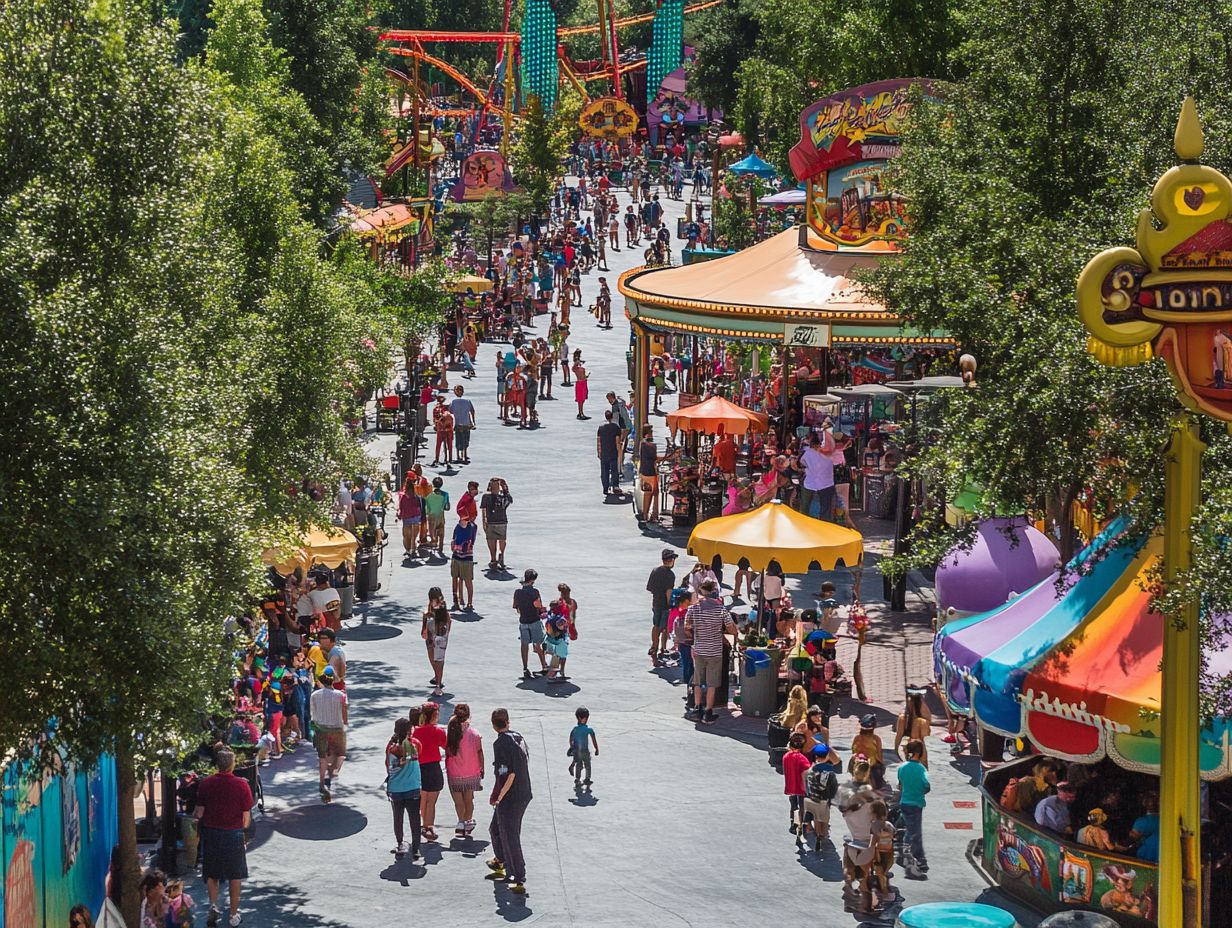
The importance of optimizing queues in theme parks lies in its ability to enhance the guest experience, boost revenue, and ensure effective crowd management through capacity management and visitor insights.
By implementing effective queue optimization strategies, theme parks can minimize wait times, manage foot traffic, and improve guest flow, creating a more enjoyable environment for visitors.
Additionally, this optimization improves operational efficiency by increasing guest throughput and facilitating better management of crowds through real-time monitoring during peak and busy seasons.
Enhancing Visitor Experience and Maximizing Revenue
The visitor experience is one of the most crucial factors influencing theme park revenue. Satisfied customers are more likely to return and recommend the park to others. By focusing on effective queue design, spatial analysis, and analyzing which attractions are popular among guests, theme parks can enhance the visitor experience, ultimately driving revenue through increased footfall and engagement.
When customers have an improved experience, they are more likely to return, leading to better operational key performance indicators (KPIs), which can translate into higher revenues.
Parks can enhance the visitor experience in several ways, including:
- Interactive Waiting Areas: Theme parks can install interactive kiosks or games in waiting areas to provide entertainment options for guests while they wait to board rides or attractions. These kiosks can engage guests and make waiting feel more enjoyable, increasing their overall satisfaction for the day.
- Virtual Queuing Systems: By partnering with companies like Qless, parks can implement virtual queuing systems that allow customers to take their turns virtually instead of physically standing in line. This approach helps reduce perceived ride wait times, adding value to the overall experience.
- Attraction Management with Real-Time Data: Attractions can be monitored in real time to make adjustments to wait times. For instance, if too many guests are lining up for a ride, staff can be instructed to allow more people to board than usual. Conversely, if a ride has too many empty seats, staff can reduce the number of guests boarding, enhancing line efficiency. This ensures a steady flow and keeps guests entertained.
Understanding Visitor Movement in Theme Parks
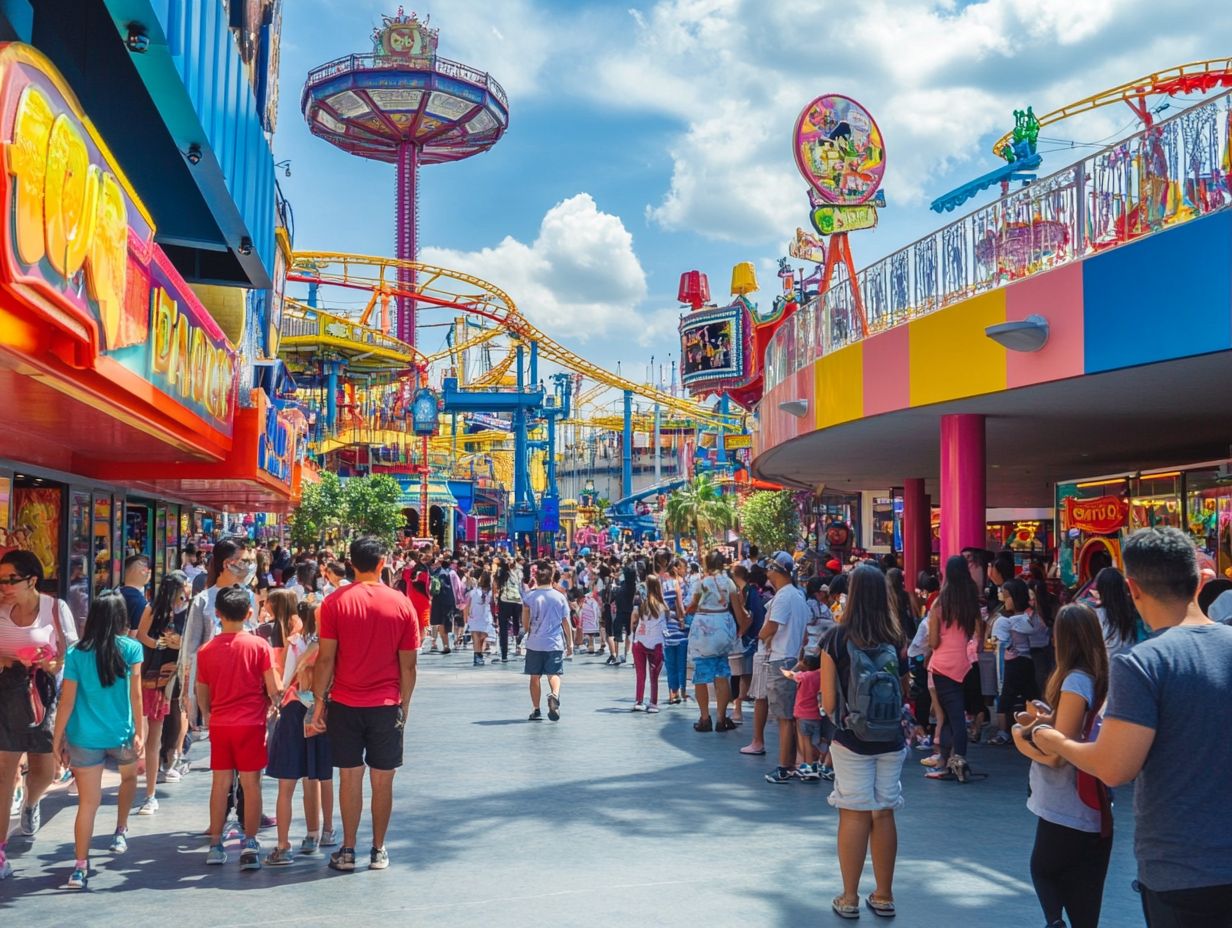
Understanding visitor movement in theme parks is crucial for effectively planning and managing crowd flow. This knowledge enables operators to predict queue lengths, ride capacity, and expected wait times for rides and attractions.
By analyzing visitor movement patterns, theme parks can create strategies to enhance the guest experience during peak times and allocate resources through intelligent resource allocation more effectively. Additionally, insights gained from studying visitor movements can inform operational strategies aimed at improving ride efficiency and overall guest satisfaction, ultimately enhancing the overall theme park experience.
Factors Affecting Queue Length and Wait Times
Attraction scheduling, visitor demographics, and time management practices are three key factors that significantly influence queue lengths and wait times in theme parks.
For instance, during peak seasons, theme parks often experience high visitor volumes, making it essential to understand visitor demographics to optimize attraction scheduling. By analyzing data on demographic factors such as age, group size, and preferred attractions, parks can more effectively schedule their rides and manage visitor access.
Additionally, operational strategies like virtual queues or timed entry can further alleviate congestion, allowing patrons to enjoy more attractions with shorter wait times. These improvements enhance the overall experience for visitors and increase the likelihood of their return, which is crucial for the success of theme parks in a highly competitive market.
Methods for Collecting and Analyzing Visitor Movement Data
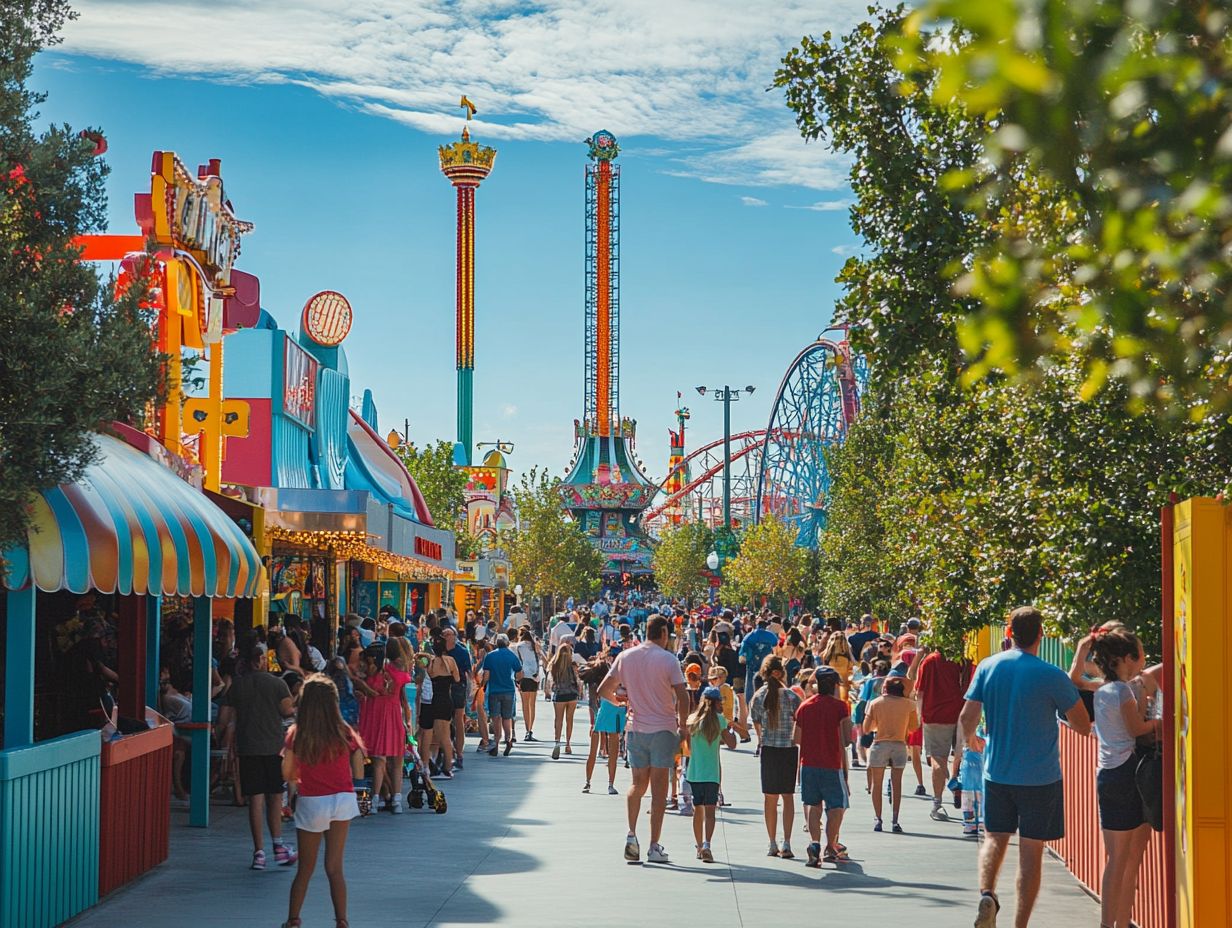
To gain valuable insights into visitor behavior and inform operational strategies, theme parks must implement effective methods for collecting and analyzing visitor movement data.
By utilizing advanced analytics tools and technologies, parks can track real-time visitor behavior, enabling predictive modeling that anticipates crowd dynamics and optimizes operational efficiency.
This approach facilitates effective resource management and enhances the overall guest experience by allowing parks to proactively address potential issues.
Technologies and Tools Used for Data Collection
IoT sensors, heat mapping, and smartphone applications are examples of technologies and tools utilized for data collection in theme parks. This data collection plays a crucial role in analyzing guest behavior and crowd movement, which are essential for efficient queue management, ride scheduling, and enhancing the overall experience for visitors.
Accurate data collection tools enable theme parks to monitor visitor flow, facilitate queue simulation, and take actions that promote both operational efficiency and customer satisfaction.
IoT sensors are strategically placed throughout the park to monitor visitor flow in real time. The collected data is shared via the cloud with mobile applications used by both visitors and park operators. This information is then analyzed to understand visitor behavior and adjust resources accordingly.
For instance, if a particular ride or attraction proves to be exceptionally popular, the park can use this insight to adjust staffing levels, schedule food and drink services, and implement other measures to reduce queuing times and prevent bottlenecks at entry and exit points.
Visitors can utilize mobile apps to check wait times, explore attractions, and customize their preferences, enhancing the user experience. Additionally, they may opt for the park to use their data to recommend attractions based on their stated interests.
While participation in mobile app data sharing may be voluntary and based on anonymous surveys and polls, these apps still provide valuable feedback to park operators regarding overall visitor satisfaction and help inform service optimization strategies.
Interpreting and Utilizing Data for Queue Optimization
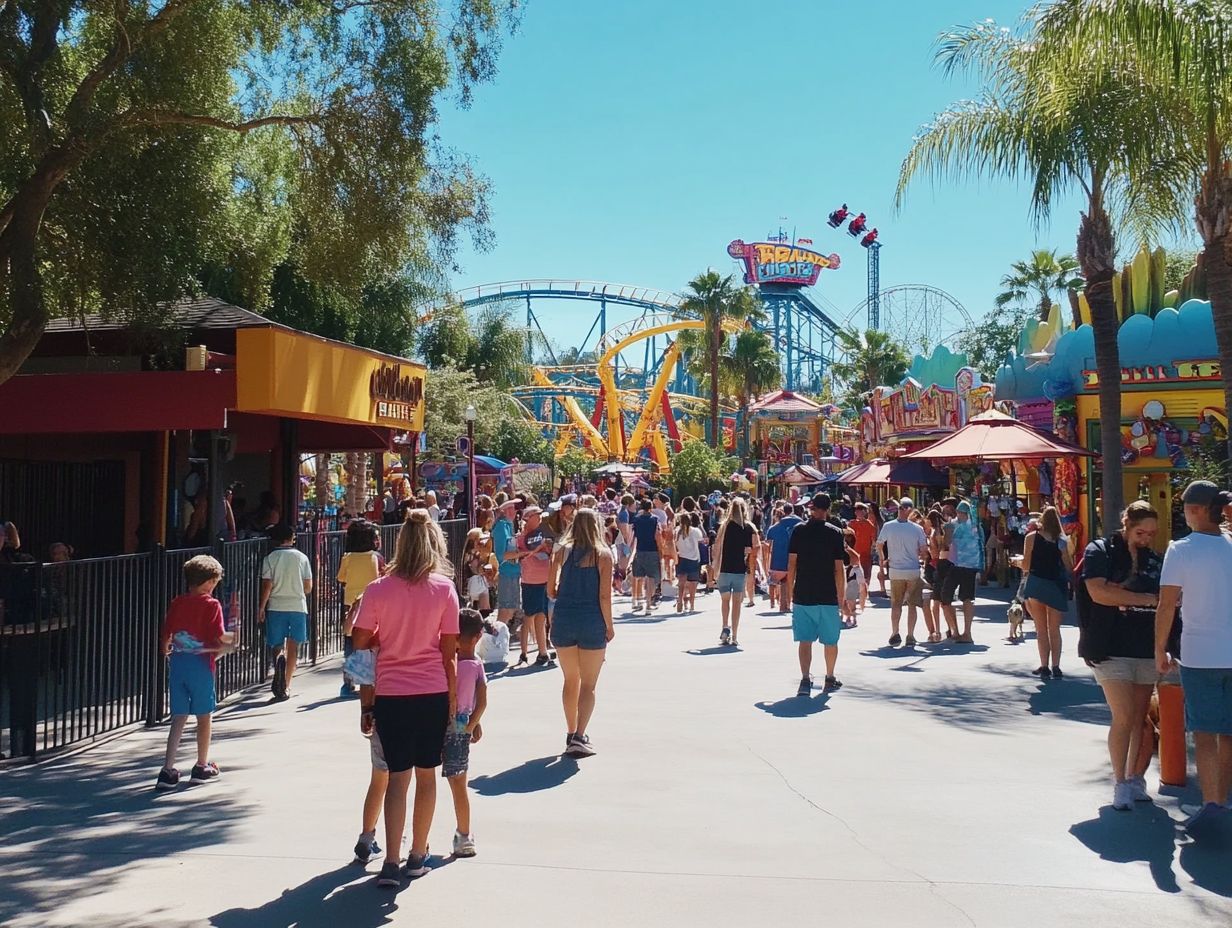
Effectively interpreting and utilizing data is crucial for successful queue optimization in theme parks, as it allows operators to make informed, data-driven decisions based on guest behavior and operational metrics.
By leveraging advanced analytics tools, operators can gain insights from patterns in visitor behavior, identifying peak times, attraction popularity, and bottleneck areas within the park.
Equipped with this knowledge, they can develop operational strategies that streamline queue management and strategically position staff and resources to manage surges in foot traffic.
This proactive approach not only reduces waiting times but also enhances the overall guest experience, fostering loyalty, and encouraging repeat visits by improving visitor satisfaction metrics.
Ultimately, integrating data interpretation into operational planning is essential for maximizing both efficiency and visitor satisfaction.
Strategies for Optimizing Theme Park Queues
Strategies for optimizing theme park queues encompass several approaches, including virtual queuing systems, dynamic queue management, effective line management, and queue management technology.
Additionally, engaging guests through entertainment, implementing staggered entry times, and investing in employee training and management are crucial.
The use of mobile apps for real-time updates, along with data analytics for predictive modeling and wait time alerts, can also significantly enhance the experience.
By effectively implementing these strategies, theme parks can reduce wait times, improve visitor satisfaction, and ultimately increase operational efficiency and profitability.
Queue Design, Staffing, and Virtual Queuing Systems
Effective queue design, staffing, and virtual queuing systems are essential components of successful theme park operations. These elements optimize operational efficiency and ensure that parks allocate the right amount of resources to meet visitor demand with precision in resource optimization and visitor tracking.
Virtual queuing systems enhance the guest experience by reducing physical wait times, allowing guests to engage in other park activities while they await boarding for attractions. Proper queue design considers traffic flow to keep pathways clear and ensures that attractions can accommodate varying crowd levels without overburdening staff or facilities, facilitating better guest engagement.
When planning for staffing, it is crucial to account for peak times and assign staff accordingly, which may include training personnel to manage the virtual queues. The benefits of these systems extend beyond visitor satisfaction; they also improve operational efficiency, reduce operational costs, and enhance the park atmosphere, creating a win-win situation for both visitors and management.
Case Studies of Successful Queue Optimization
These case studies of successful queue optimization illustrate the most effective methods for implementing queue systems in theme parks and amusement parks worldwide.
They highlight how parks can analyze visitor patterns and operational key performance indicators (KPIs) to create queue systems that enhance customer feedback, visitor segmentation, and guest satisfaction.
Other parks can learn from these best practices and apply them to formulate their own strategies for optimizing queue systems, enhancing visitor movement, and improving crowd management.
Real-life Examples and Results
Real-life examples of queue optimization demonstrate the tangible results achieved by theme parks that implement innovative strategies. These case studies highlight improvements in park performance, visitor experience, ride wait times, and overall operational success, showcasing the effectiveness of tailored queue management systems and data analytics.
By analyzing these results, parks can identify key takeaways that can be applied to their own operational strategies to enhance guest satisfaction, operational efficiency, and line efficiency.
For instance, Disneyland’s introduction of the FastPass system allowed visitors to reserve access to popular attractions, significantly reducing wait times and promoting a smoother flow throughout the park. Similarly, Universal Studios adopted a Virtual Line system, which resulted in a 25% increase in ride throughput during peak hours. These systems utilize real-time monitoring and queue simulation to optimize visitor flow and improve guest experiences.
These changes have not only elevated guest satisfaction and visitor insights, as evidenced by positive feedback and higher return rates, but have also enabled parks to streamline operations, ultimately improving revenue through better capacity management.
Such real-world implementations illustrate not only the potential for operational enhancement but also a significant shift towards a visitor-centric approach that continues to define contemporary theme park experiences, driven by data-driven decisions, predictive modeling, and smart park technologies.

